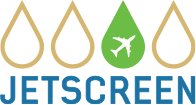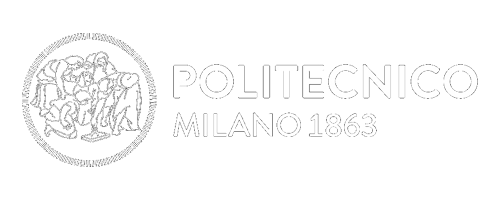Congratulations to our PhD Candidate Andrea Bertolino! His paper with title “Prediction of flammable range for pure fuels and mixtures using detailed kinetics” has been recently published on Combustion and Flame.

Bertolino A., Stagni A., Cuoci, A., Faravelli, T., Parente A., Frassoldati A., Prediction of flammable range for pure fuels and mixtures using detailed kinetics, (2019) Combustion and Flame, 207, pp. 120-133, DOI: 10.1016/j.combustflame.2019.05.036
Abstract
In this work, the flammable range of several hydrocarbons was predicted using a freely-propagating flame method for pure hydrocarbons and their mixtures, investigating the effects of operating conditions, in terms of temperature, pressure, fuel/oxidizer composition. The model showed accurate agreement with a wide set of experimental data. The average deviation between the experiments and the model was reduced to ∼20% for the UFL of methanol, methane, ethane, propane, n-butane, n-heptane, ethylene, benzene and two different mixtures, methane/ethylene and methanol/benzene. Model performance was improved for the upper flammability limit by including the effect of soot radiation, modeled using an optically-thin approximation. A comprehensive kinetic mechanism was adopted, and a skeletal kinetic mechanism including a soot sectional model was used to predict soot formation in rich flames. Comparison with Calculated Adiabatic Flame Temperature (CAFT) and Le Chatelier models was also carried out, discussing the advantages of a model including the effects of chemical kinetics. Sensitivity analysis was performed to point out the major role of chemical kinetics especially at the UFL, where chemistry drives the process. This methodology showed that the chemical interaction between two different fuels at the rich limit is the reason for the deviation from the thermally controlled behavior. Finally, chemistry was found to be relevant even for the lean flammability limits predictions of lower alkanes, when pure N2O is used as oxidizer.





